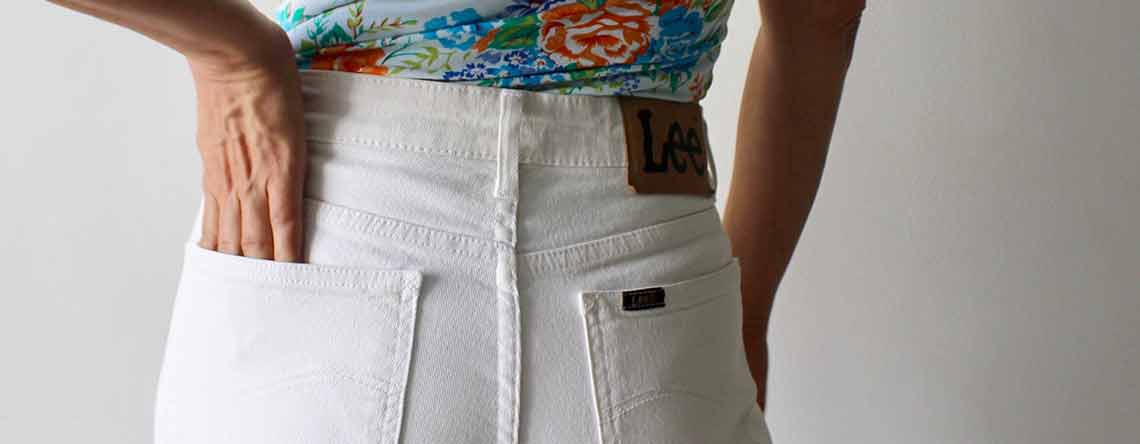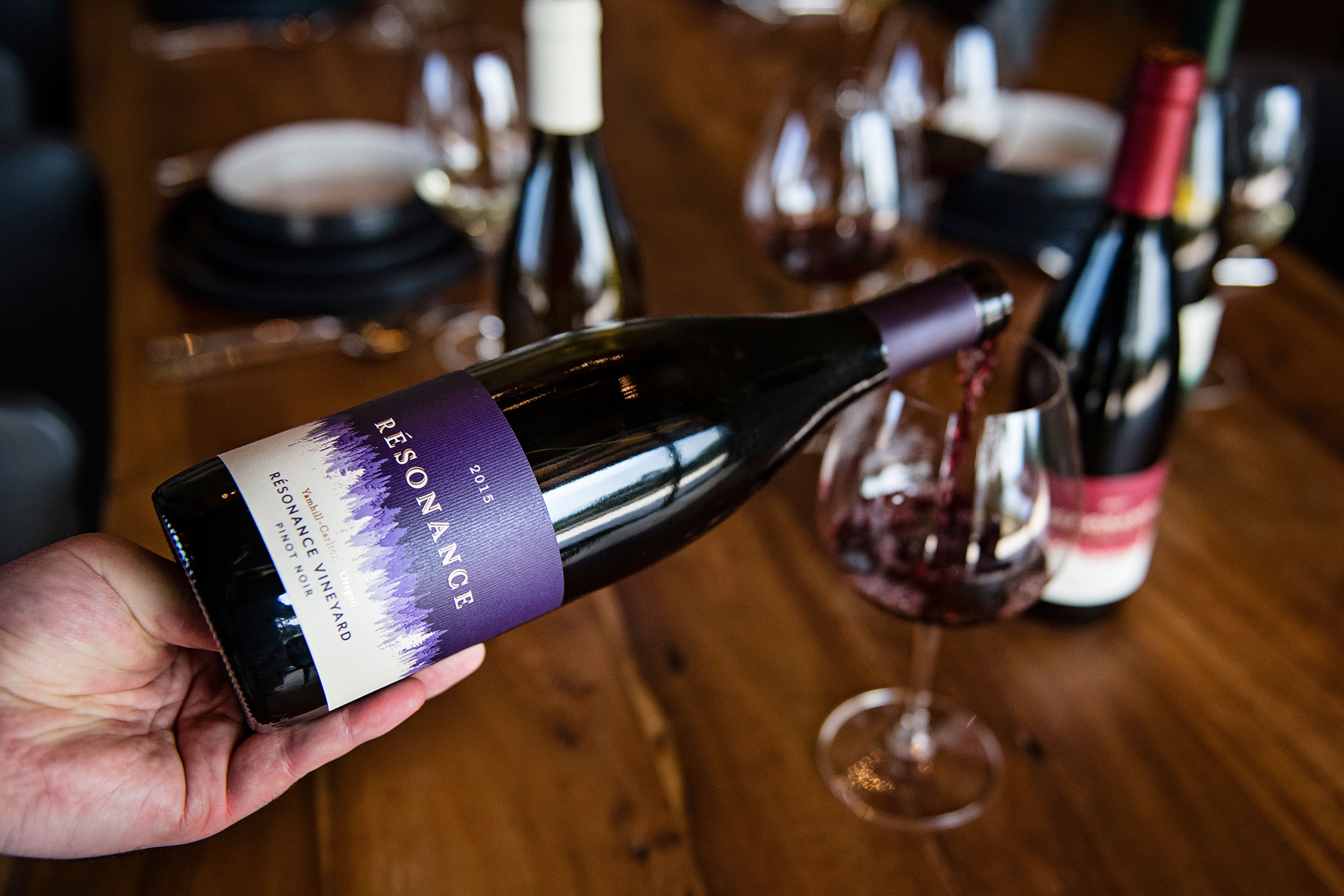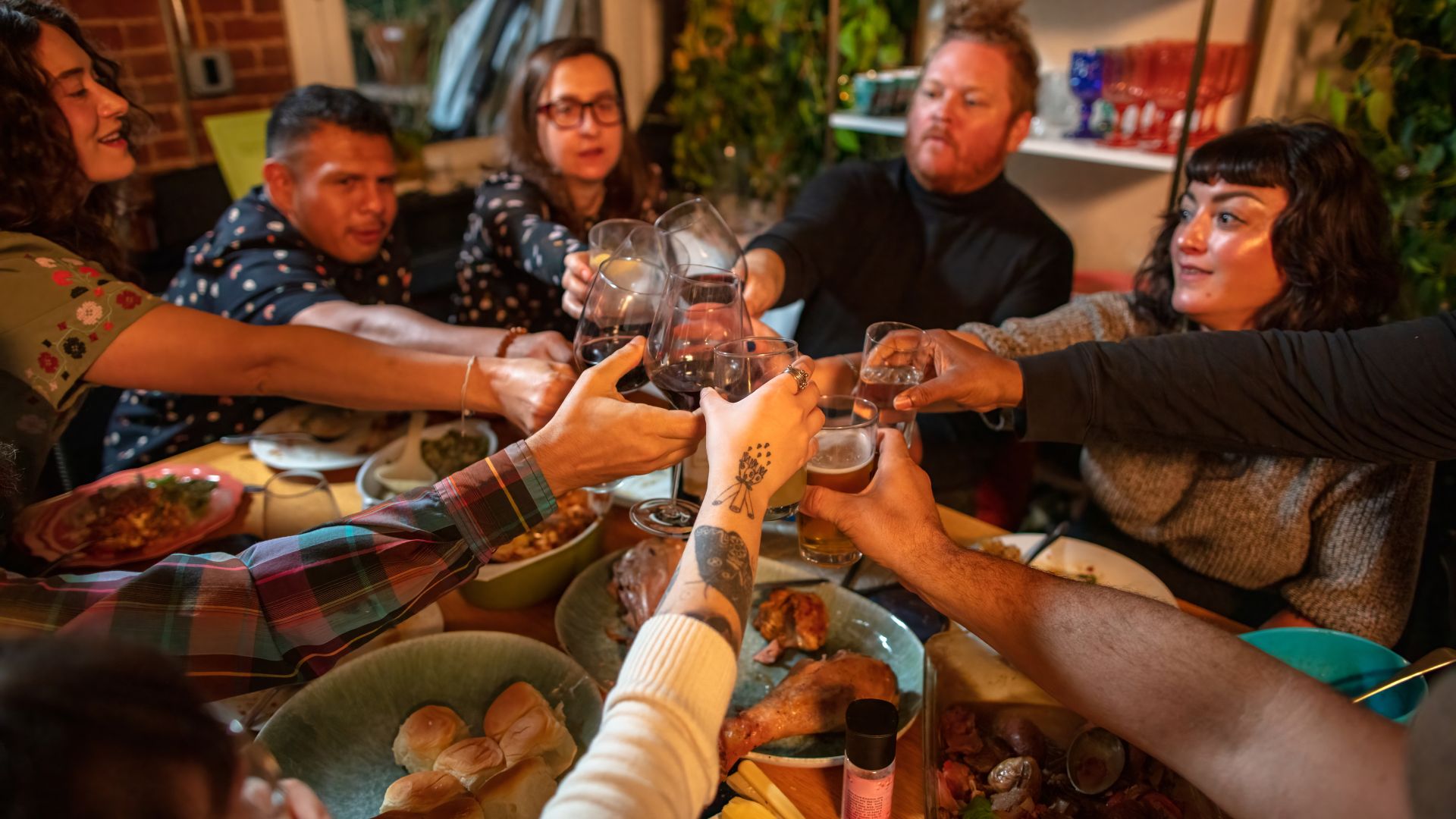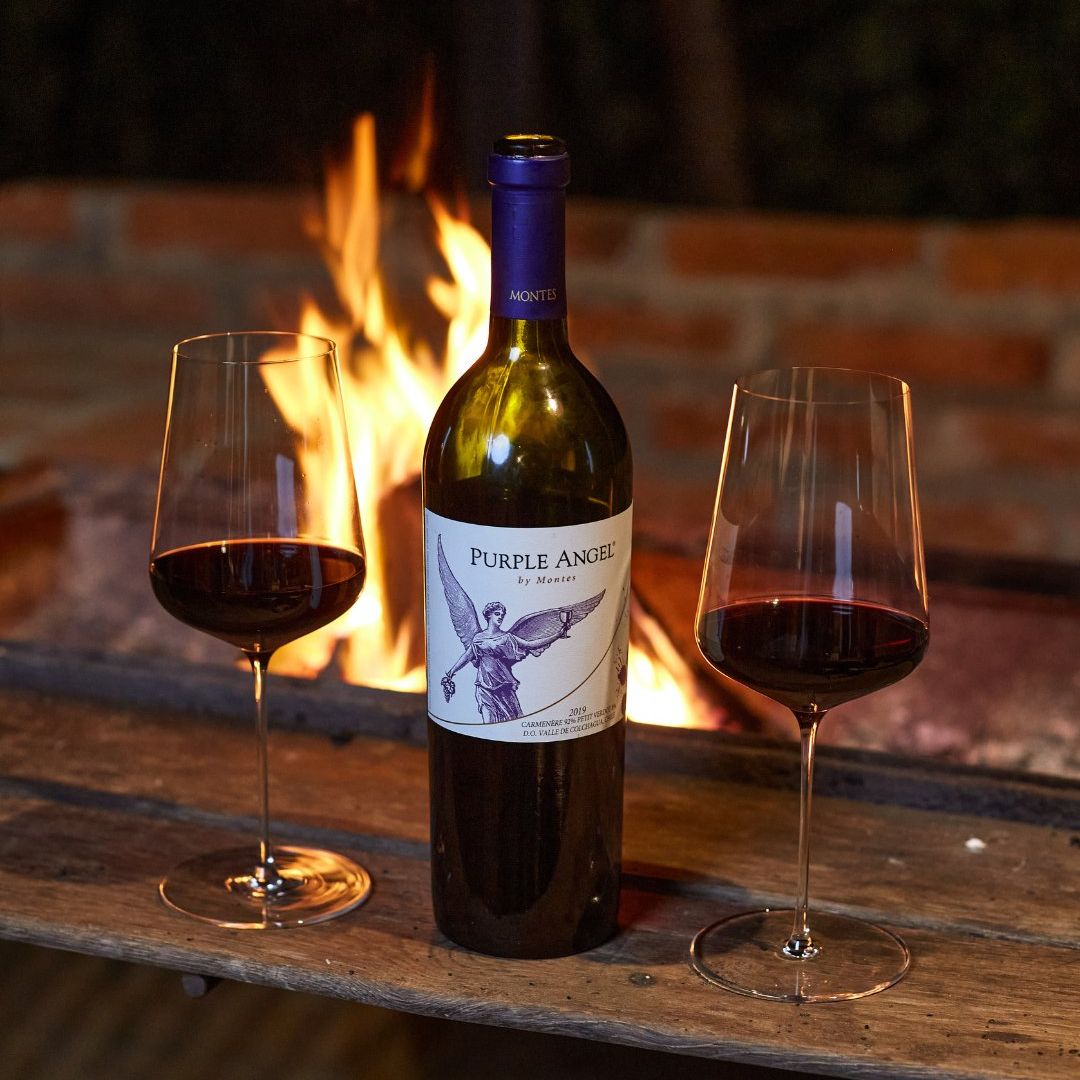No, these aren’t what you might wear for pants, and you will be hard-pressed (pardon the pun) to find them in white (though blue is not unusual).
The lees (pronounced like the jeans) are the dead yeast cells, grape seeds, pulp, stems, skins, and tartrates that separate from the juice during wine making and aging.
When there’s “stuff” at the bottom of the bottle, it’s referred to as sediment or dregs; when you’re discussing the technical aspects of the winemaking, it’s called “the lees” — as in, “this wine was left on the lees for two months, blah blah blah”.
Some wines (usually white) are left in contact with their lees to increase the complexity and enhance the structure of the finished wine. By leaving the juice to remain on top of the lees (and/or occasional stirring) after fermentation, all the dead yeast and skins, etc., can provide additional flavors, body, and richness. After a predetermined amount of time “on the lees”, the juice will then be “racked” — a.k.a., moved to a new container (barrel, tank, etc.) — with the lees left behind.
An example of a wine left on the lees is Muscadet “Sur Lie”; many white wines in the higher price ranges are also left on the lees — it’s a common tactic for ageable whites and Champagnes.




